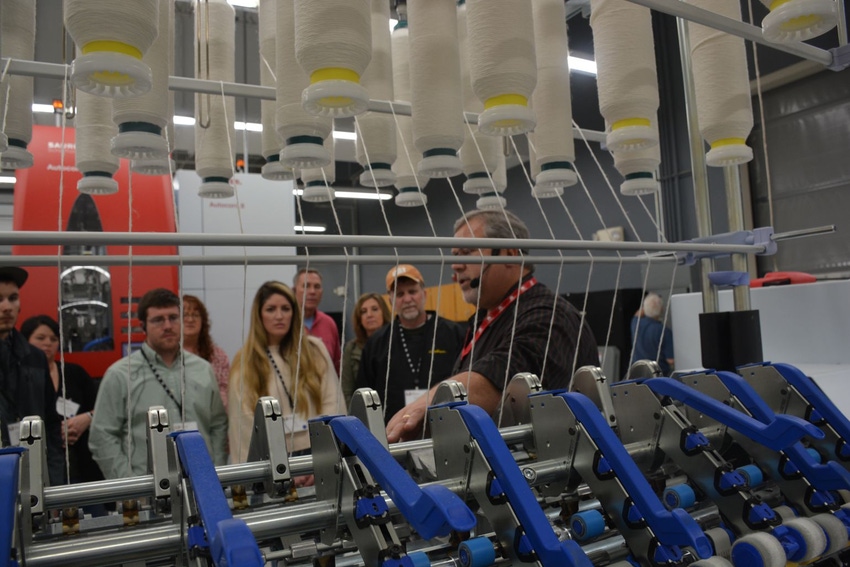
Cotton Incorporated’s 2018 budget approved by the Cotton Board is $74 million, a $4 million increase over 2017 and the first increase in Cotton Incorporated’s annual budget since 2013.
With higher cotton prices and a bigger cotton crop anticipated this year, Berrye Worhsam, Cotton Incorporated’s president and CEO, is hoping for another budget increase next year. The budget increase certainly will be needed if cotton wants to continue to make gains against synthetic fibers.
Cotton Incorporated has done well with a leaner budget over the years and continues to make gains, but the challenge is that the competition from synthetic fibers is unrelenting. The bigger budget is needed to better take on synthetics, particularly in the active wear market where polyester and rayon dominate.
Cotton has always found a fearsome foe in polyester. This was true in 1975 when the polyester leisure suit was the rage, and cotton reached its low point of a 34 percent market share versus synthetics. Beginning in the 1980s, the research and promotion efforts of Cotton Incorporated took off. By 2010, cotton’s market share was 60 percent. Since 2010, cotton’s share has steadily declined compared to synthetics due in part of cheaper and better quality polyester. Only now is cotton beginning to make new gains.
Mark Messsura, Cotton Incorporated senior vice president of global supply chain and marketing, says cotton is a natural fiber, but it’s not a natural choice when it comes to manufacturing. Polyester is formed through an extrusion progress and fibers can be engineered to do virtually anything. “With cotton, we take what nature gives us, and then we have to find ways to get it to perform. That’s the challenge,” Messura says.
The good news is cotton’s natural properties can be enhanced through technology and innovations that allow cotton to perform in new ways. Several well-known companies have recently announced new product lines featuring Cotton Incorporated technologies. Both Cotton Incorporated’s Touch Cotton technology and Storm Cotton technology are allowing cotton to better perform compared to synthetics.
Polyester will never be a natural fiber. And consumers, from millennials to Generation X to Baby Boomers, often prefer an environmentally friendly natural fiber over an unnatural synthetic. And that’s why cotton is still king.
A strong and robust Cotton Incorporated with the necessary budget to keep the gains coming is definitely needed because polyester has shown no signs of giving up the fight.
About the Author(s)
You May Also Like






